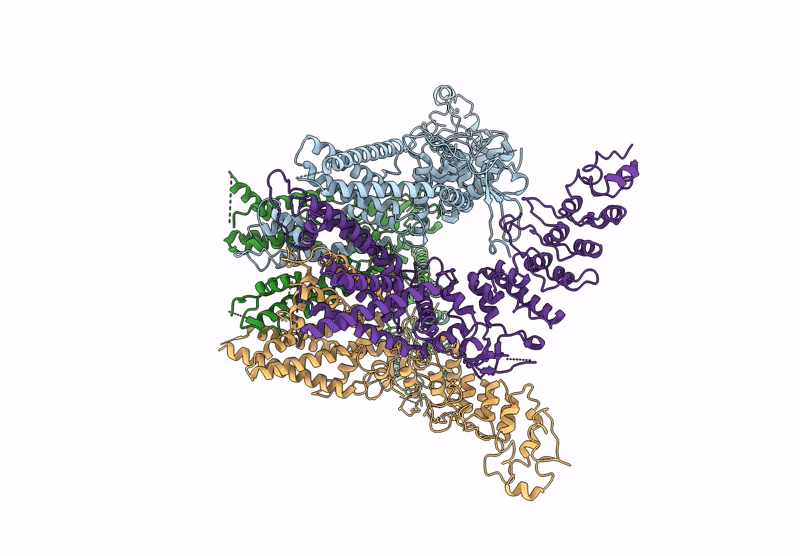
Deposition Date
2022-04-11
Release Date
2023-01-18
Last Version Date
2025-07-09
Entry Detail
PDB ID:
7ZJI
Keywords:
Title:
Transient receptor potential cation channel subfamily V member 2,Enhanced green fluorescent protein
Biological Source:
Source Organism:
Rattus norvegicus (Taxon ID: 10116)
Muromegalovirus G4 (Taxon ID: 524650)
Muromegalovirus G4 (Taxon ID: 524650)
Host Organism:
Method Details:
Experimental Method:
Resolution:
3.40 Å
Aggregation State:
PARTICLE
Reconstruction Method:
SINGLE PARTICLE


